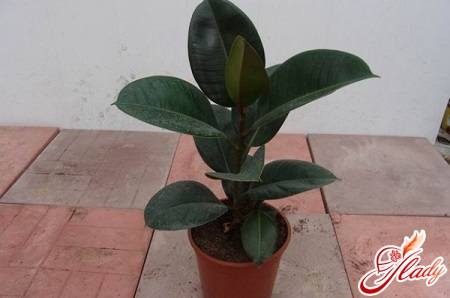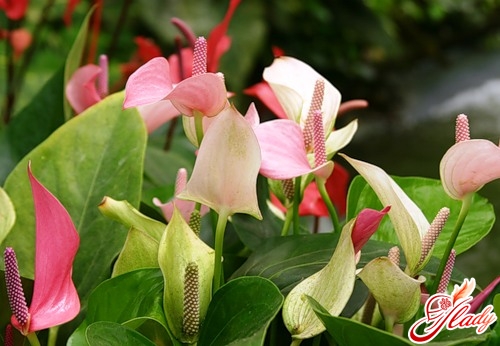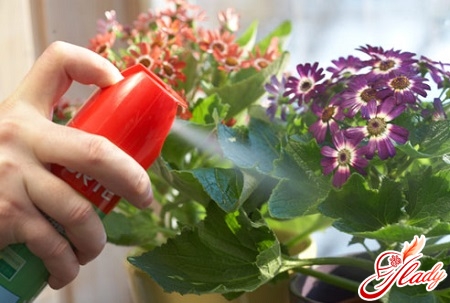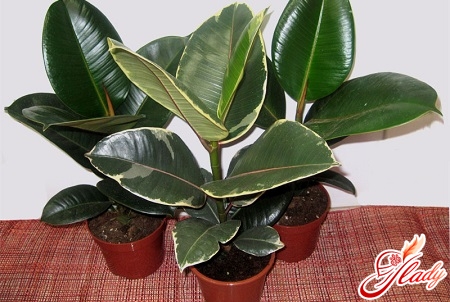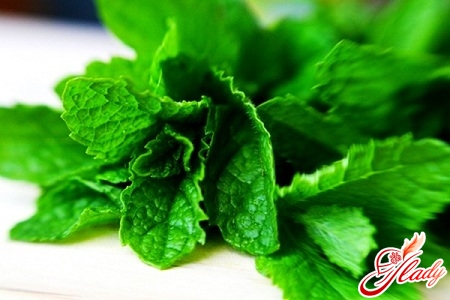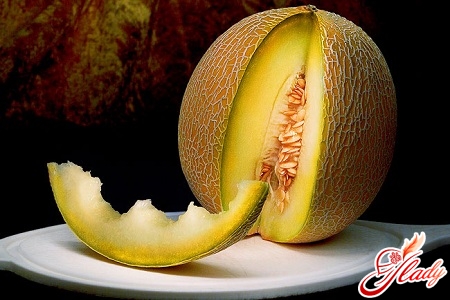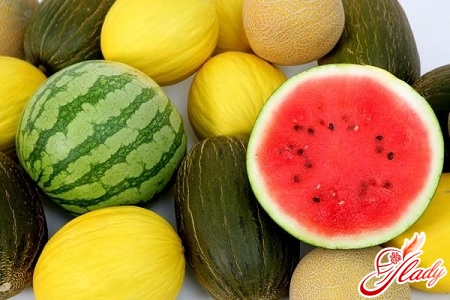 Growing watermelons and melons is a troublesome taskand simple at the same time. These are melons and gourds, and melons have been planted in southern arid areas since time immemorial. Therefore, for the central zone and other (not southern) regions of Russia, melons and gourds remain a kind of exotic. However, the ability to grow garden or horticultural plants that are not traditional for a certain zone has always been considered an indicator of special skill. So gardeners try to hone this skill by planting all sorts of exotic plants on their plots. Melons and watermelons are the best suited for such experiments. These are annual crops that are not afraid of harsh winters, and growing them is, in general, quite easy. Let's look at the basic rules for growing watermelons and melons, and also learn the features of agricultural technology for these crops in conditions that are not typical for them.
Growing watermelons and melons is a troublesome taskand simple at the same time. These are melons and gourds, and melons have been planted in southern arid areas since time immemorial. Therefore, for the central zone and other (not southern) regions of Russia, melons and gourds remain a kind of exotic. However, the ability to grow garden or horticultural plants that are not traditional for a certain zone has always been considered an indicator of special skill. So gardeners try to hone this skill by planting all sorts of exotic plants on their plots. Melons and watermelons are the best suited for such experiments. These are annual crops that are not afraid of harsh winters, and growing them is, in general, quite easy. Let's look at the basic rules for growing watermelons and melons, and also learn the features of agricultural technology for these crops in conditions that are not typical for them.
Optimal growing conditions
Why are these crops in the southern regions?grow without problems? The fact is that melons and gourds are heat- and light-loving crops. For their seeds to germinate, a temperature of at least seventeen degrees is necessary, and the most suitable temperature is considered to be from twenty-five to thirty-five degrees. The optimal temperature for growth is from twenty-seven to thirty degrees during the day and not lower than eighteen degrees at night. In addition, melons and gourds are drought-resistant and do not react well to high humidity, which provokes the development of fungal diseases. The optimal humidity for the successful growth of these crops should not be higher than seventy percent. The climate of the Lower Volga and Don regions (Astrakhan, Volgograd, Rostov regions) corresponds to these conditions perfectly, where melons and watermelons are grown without any particular problems. However, simply sowing seeds in the ground and safely forgetting about them is also not a method of agricultural technology. These crops require care.
Basic rules of cultivation
Two- to three-year-old seeds are sown in open ground,as soon as the weather is right. For a better harvest, the seeds can be pre-germinated by soaking them for a day and discarding the "empty" ones. The area intended for growing watermelons and melons must be dug up, and the plowing must be deep. These crops are sown in nests: five to six seeds in holes located at a distance of one and a half to two meters for watermelons and one to one and a half meters for melons. Watermelon seeds are embedded in the soil to a depth of five to six centimeters, the planting depth of melon seeds is three to four centimeters. The seeds germinate in about eight days, after which they are thinned out, leaving one or two strong sprouts. As soon as the second pair of true leaves appears on the shoots, the first loosening of the row spacing and hilling of the plants is carried out. The second loosening and hilling must be done before the stems begin to creep. At the same time, it is necessary to weed the crops.
- Important! Weeding, loosening and hilling should be done only after drying of the dew.
Watermelons and melons can only be watered untilbeginning of fruit ripening and only when absolutely necessary. These plants are watered not at the root or on the leaves, but in furrows dug between the rows. Over-watering of the soil is strictly contraindicated for these crops. Firstly, the plants themselves react poorly to it, and secondly, it contributes to the development of anthracnose (a fungal disease).
Growing outdoors in unusual conditions
In central Russia, watermelons and melons are alsocan be grown in open ground. However, it is necessary to choose early or mid-season varieties. Recommended varieties (F1) of watermelons: Podmoskovny Charleston, Podarok Severu, Krimstar, Pink Champagne. Of all the melon varieties, it is better to choose the Cinderella variety, which produces quite sweet fruits, but is less capricious. In atypical conditions, melons are grown using seedlings and under temporary film cover. Seeds (two pieces) are sown in pots with a diameter of at least ten centimeters. Before sowing, the seeds are soaked, and for friendly shoots, they are provided with a temperature of at least twenty-seven degrees. Planting of seedlings is carried out around mid-April, so it does not need additional lighting. During the seedling period, watermelons and melons are fed twice with mineral fertilizers and care is taken to ensure that the sprouts in neighboring pots do not touch the leaves. Plants are planted in open ground no earlier than mid-May, when the shoots produce three to five true leaves. And a week before planting, the seedlings are hardened off, gradually lowering the temperature and airing. And one more important point: melon seedlings must be pinched above the third or fifth leaf. After planting, the plants are covered with a film tent and do not remove the cover until about mid-June. The film can only be removed for ventilation and only during the daytime. After the film is completely removed, the crops are weeded and loosened, and the vines are evenly distributed over the bed. After the first three (but not more) fruits appear, all other ovaries are removed, and the tops of the vines are pinched. In humid climates, boards are placed under the set fruits, and the plants themselves are covered during rain, protecting them from excess moisture.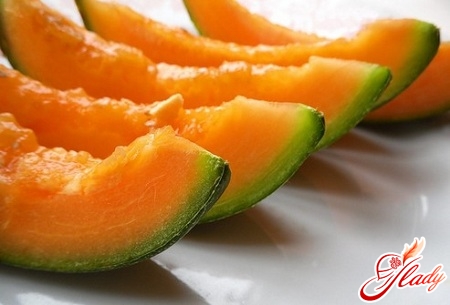
Growing in the greenhouse
For greenhouse cultivation of watermelons and melonsAny fairly spacious greenhouse will do. The seedlings are grown in the same way as for open ground, and they are planted in greenhouses, placing the holes at a distance of half a meter, and making rows of holes every seventy centimeters. When planting seedlings, about one and a half kilograms of humus are added to each hole, watered with warm water, and plants are planted in the resulting thick gruel. After this, each hole is covered (from the sides) with dry soil so that a crust does not appear.
- Important! When planting, in no case can the seedlings be buried. Earth clod on the roots must necessarily protrude above the soil surface by one to two centimeters.
In the first week after planting seedlings in the greenhouseThe plants do not require any care. It is only necessary to ventilate the greenhouse in warm sunny weather, opening the vents or turning up the film. After a week, the plants are watered with warm water and fed with nitrogen fertilizers. At the same time, the plants are tied up (like cucumbers). Watermelons are grown in one stem, removing all shoots without ovaries, and the vines with fruits are pinched three leaves after the ovary. When the vines grow to the end of the support, they are also pinched. The main stem and one or two side shoots of the melon are tied up. Only the strongest "side shoots" are left for growing melons, the rest of the vines are removed without regret. Before the fruits begin to ripen in greenhouse conditions, the plants are watered no more than once a week in the furrows next to the holes and one or two more complex fertilizing is also carried out. For the ovary of fruits, melon crops need pollination. And if insects do not fly into the greenhouse, then it is necessary to carry out artificial pollination, transferring pollen from male flowers to female ones. When growing watermelons and melons in a greenhouse, it is necessary to tie up not only the vines, but also the fruits themselves. When they reach the size of a large apple, they are placed in a net (possibly with a frame), and the net itself is tied to a support. These are the simple rules for growing melons. So, an unsuitable climate is not a hindrance for gardeners. Watermelons and melons can easily be grown on your own plot, only armed with the necessary knowledge and following certain rules. Have a good harvest! We recommend reading:




